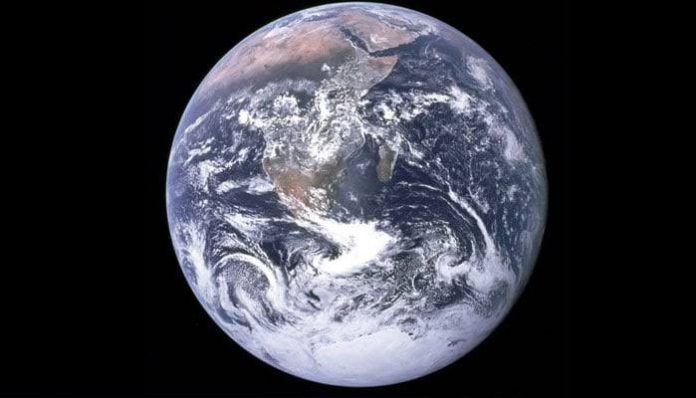New research suggests that the Earth’s days could extend to 25 hours in about 200 million years due to the gradual movement of the Moon away from our planet. This shift is happening at a rate of approximately 3.8 centimeters per year, according to a study.
The study highlights that around 1.4 billion years ago, when the Moon was much closer to Earth, a day on our planet lasted just over 18 hours. As the Moon has slowly drifted further away, the length of Earth’s days has gradually increased.
The slow rotation of Earth is largely influenced by the tidal forces between the Earth and the Moon. Professor David Waltham, a geophysicist at Royal Holloway, University of London, explained that the tidal drag on Earth slows its rotation, while the Moon gains energy from this interaction in the form of angular momentum.
Currently, the Moon is situated about 384,400 kilometers (238,855 miles) from Earth, and it takes about 27.3 days to complete one orbit around our planet. This ongoing process of the Moon moving away continues to impact the length of our days.
This phenomenon not only offers insight into Earth’s past but also provides a glimpse into how the relationship between Earth and the Moon will evolve over millions of years, potentially leading to a future where our days stretch out to 25 hours.


